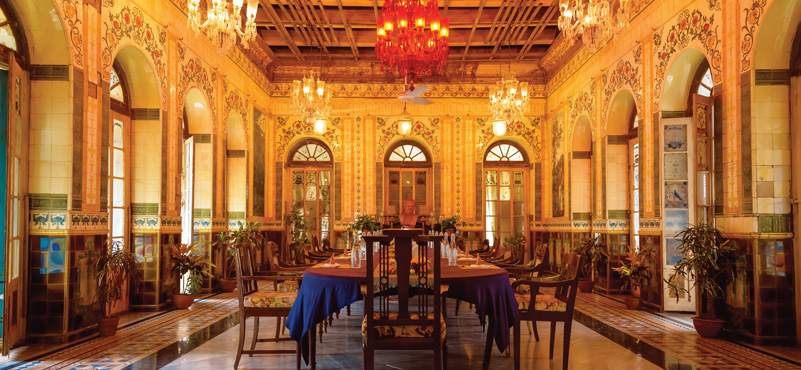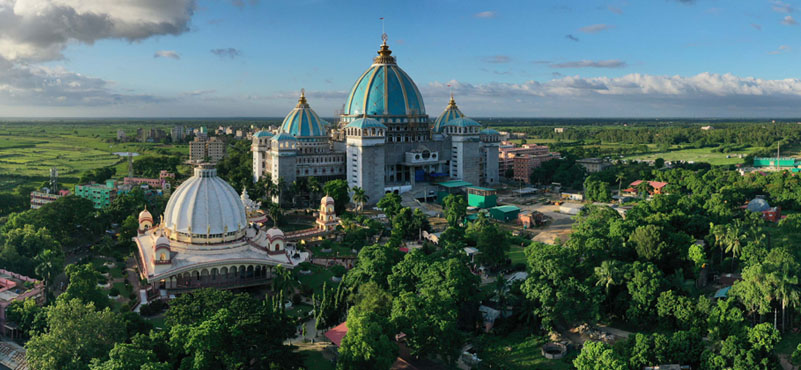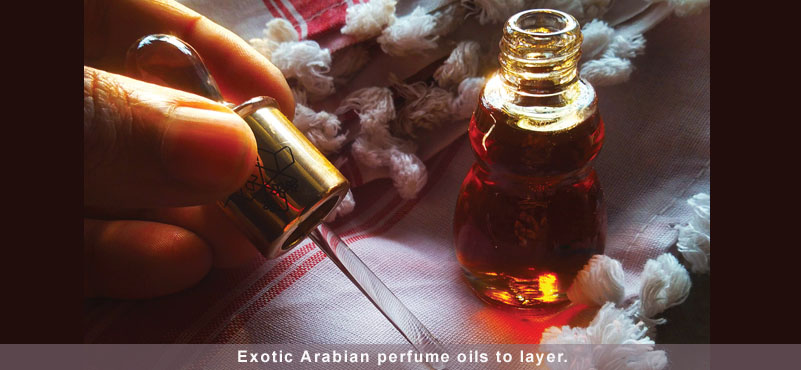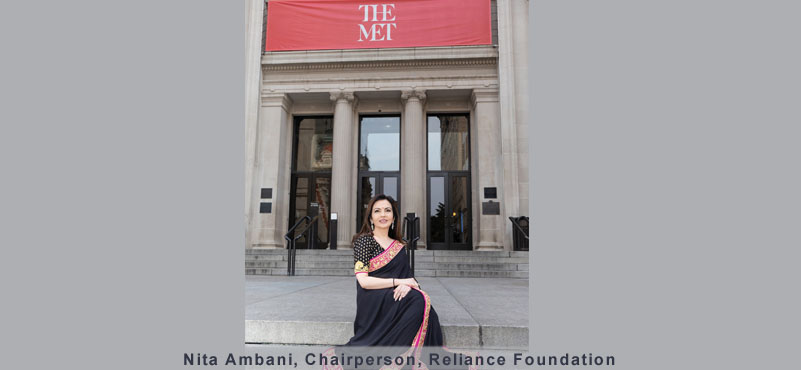In the annals of history, certain places stand as a testament to the grandeur and opulence of bygone eras. One such place, hidden in the heart of West Bengal, India, is Murshidabad. Often overshadowed by other prominent cities of the British Raj, Murshidabad quietly holds the title of the Forgotten Wealth Capital, a jewel obscured by the sands of time.
Situated on the banks of the river Bhagirathi, Murshidabad served as the capital of Bengal during the 18th century when the East India Company rose to power. It was a time of shifting fortunes and imperial ambitions, as the British sought to establish their dominance in the Indian subcontinent. Amidst this backdrop, Murshidabad emerged as a hub of wealth and influence, a center of commerce and trade, where fortunes were made and fortunes were lost. It was known to contribute to over 5% of the GDP of the world at one point in time.
The Nawabs of Bengal, with their luxurious lifestyle and refined tastes, created a culture of opulence and refinement that reverberated throughout the region. The Sheherwali community during this time built marvels inspired by European and Mughal architecture. Palatial mansions, adorned with intricate carvings and embellishments, dotted the cityscape.
Great heritage buildings amass at Murshidabad and make it a destination much loved by the history and heritage enthusiasts. Starting from the Hazarduari Palace or the palace with the Thousand Doors, the splendid terracotta architecture of the Jain temples or abundance of anecdotes surrounding the famed Battle of Plassey and Siraj-ud-Daulah, Murshidabad has been a tapestry of history and heritage.
Murshidabad Today?
The historical significance, architectural marvels, cultural heritage, natural beauty, and culinary delights make Murshidabad a valuable and enriching tourist destination.
Hazarduari Palace: known for its impressive architecture and museum. It houses a vast collection of artifacts from the Nawabi era.
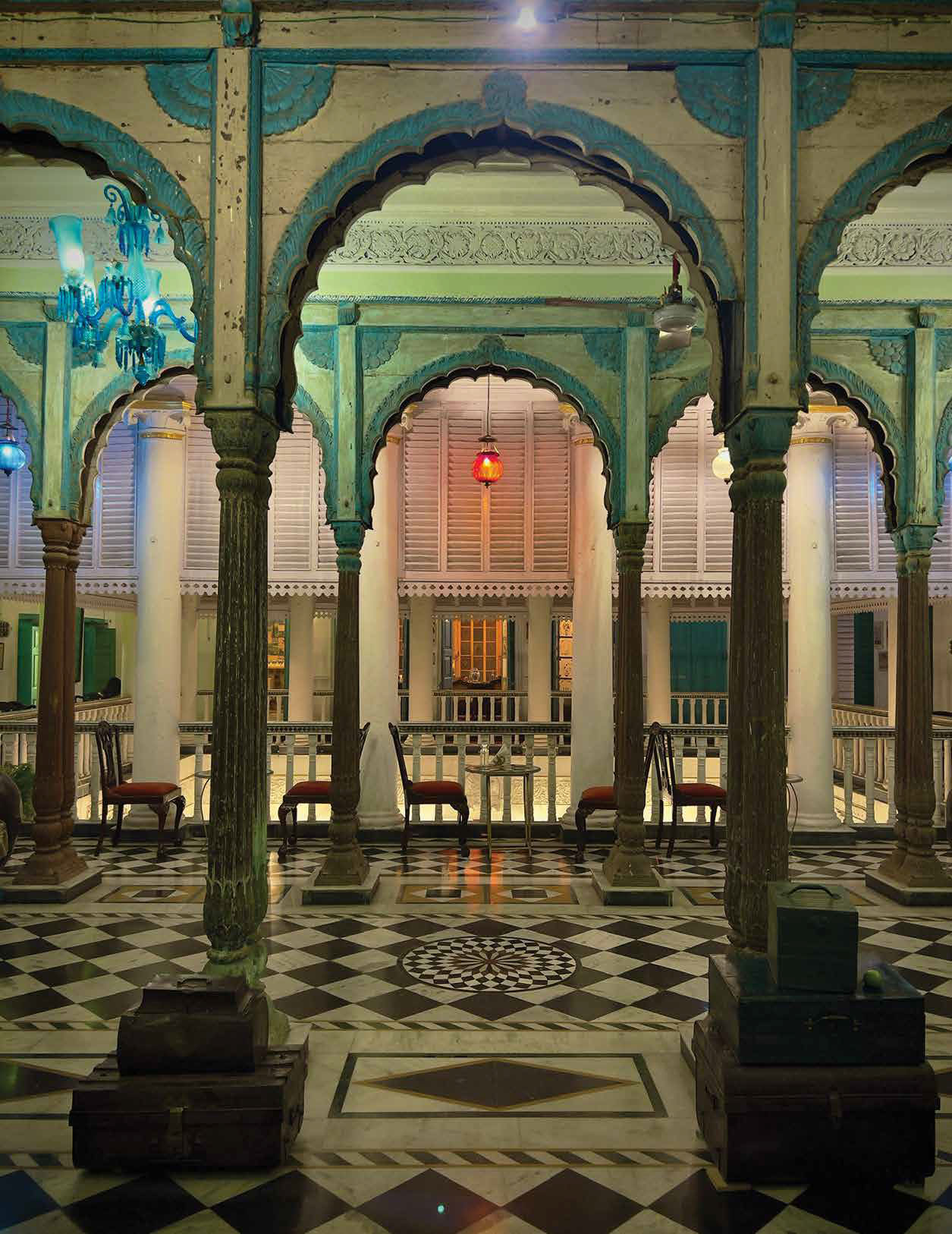
In a Sheherwali palace one would find a British room right across a Rajasthani gaddi Ghar, all housed in a building having European pillars, reflecting on the myriad cultural influences upon them.
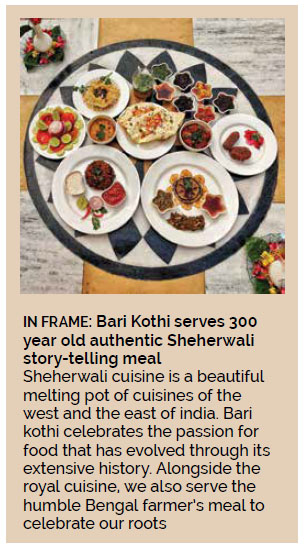
Nizamat Imambara: a historical Shia Muslim congregation hall. It’s an architectural marvel and is particularly vibrant during religious festivals.
Katra Masjid: a large mosque built in the 18th century. It’s known for its intricate terracotta artwork and serene atmosphere.
Motijheel: Enjoy a leisurely stroll around the scenic lake surrounded by gardens and palaces. It’s a popular spot for locals and visitors alike.
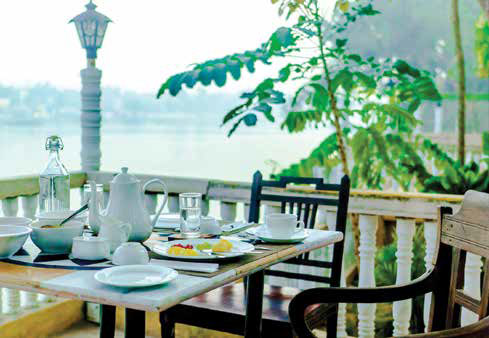
The twin cities of Azimganj and Jiaganjare separates by the mighty Bhagirathi river. A part of the restoration of Bari Kothi entailed the complete restoration of the Bari Kothi Ghat

Murshidabad Museum: Learn about the rich history, with the museum housing a collection of artifacts, documents, and paintings that depict the region’s cultural heritage.
Architecture: Take a walk around the city and admire the various historical buildings, including the Nizamat Fort, Katgola Palace, and Jafarganj Cemetery. These structures showcase the architectural brilliance of the bygone era.
Markets: Indulge in some local shopping by visiting the bustling markets of Murshidabad. You can find handicrafts, textiles, and delicious local delicacies to take back as souvenirs.
Countryside: Murshidabad is surrounded by beautiful countryside. Consider taking a boat ride along the Bhagirathi River or exploring nearby rural villages to experience the natural beauty of the region.
Cuisine: The love for food, especially all things sweet, is an accurate label for any Sheherwali. Food features prominently in this community, evolving passionately through its 300-year history in Bengal. Sheherwali cuisine is the finest vegetarian spread one can find, even in modern times, and is a wonderful melange of the cuisines of the West and the East of India. Noteworthy is its unique cuisine which is a melting pot of various cultures.
Sunset watching is considered romantic and calm but the experience enhances when you are waterside! At Bari Kothi, either leisurely stroll along the 100 feet long Ghat while sipping a cocktail and enjoying the soft pastel skies or go for a boat ride – laying on comfortable cushions and watching the sun dip in the river. Both are utterly Instagram-able!
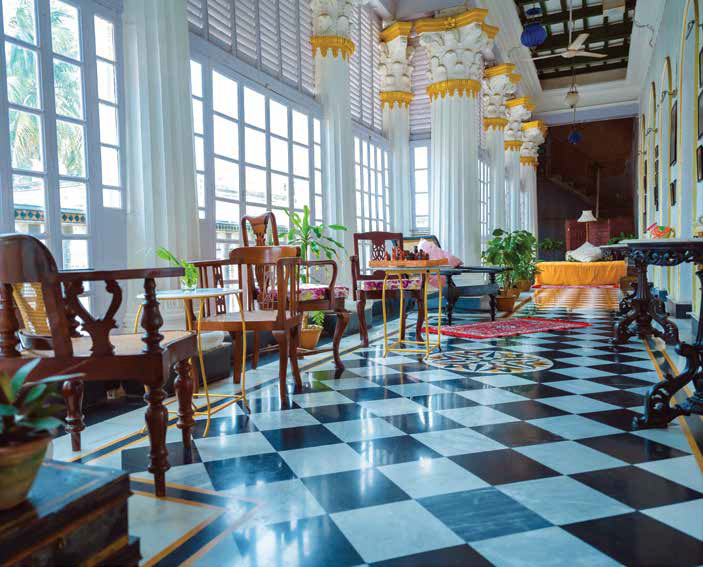
The establishment of Bari Kothi saw a beautiful mélange of all sorts of architectural styles- Greek, European, Indian and Mughal. Restoring the palace meant restoring this beautiful mélange of cultures. Our Theatre Balcony is thus adorned with beautiful Corinthian pillars
The Restoration: 5 years / 1 magician / 150 villagers / 15 suites / 7 courtyards / 1000 memories
One of the Sheherwalis, the Dudhoria family under Babu Sudip Kumar Sing Dudhoria, and his son, Babu Darshan Dudhoria took it upon themselves to restore their dilapidated 250- year-old ancestral palace known as Bari Kothi. The restoration was done by the acclaimed restoration specialist, Architect Dr.Samar Chandra From Canada for 5 years. But it was a Herculean task!
“Given the poor state of affairs in the region, the lack of skilled masons, artisans, plumbers, and engineers located near the site posed a problem. And since the family was also keen on the local ecosystem, the project took a lot more time and painstaking effort in acquiring resources. From restoring beams made of teak wood to working on vintage furniture, the restoration of Bari Kothi involved a lot of attention to detail, enough so Bari Kothi would last another century or more” – Dr. Samar Chandra
The end objective of the restoration was not to restore the building but to restore the sole of Bari Kothi. Hence, it was important to create a self-sustaining ecosystem for Bari Kothi, where Bari Kothi sustains itself for another century. This vision gave birth to the first-ever Rustic Luxury Heritage Hotel of Murshidabad.
The actual ground of the restoration was carried out by very ordinary and unskilled labor from the local community and that became the ethos of the project. The project caught onto the nickname, Project Priceless. One of the other significant challenges in the Project was the lack of equipment which made the entire exercise very labor-intensive. But the result was that more than 50 unskilled laborers became skilled laborers and built their own houses with the money earnt from the Project.
Introducing steel and cement was the most capital-intensive work in the Project. Steel was used to give support to the crumbling walls whereas cement glued the bricks together. Major structural support was built from the ground to the roof to hold onto what was remaining of the structures. In certain cases, new roofs were built and the consequent load transferred to the steel pillars inserted on the walls of the building. Very crafty and strategic planning was the recipe for success.
5 years of toil and hard work later, Bari Kothi had been reborn!
GETTING THERE
4 hours by train or 6 hours by car to reach from Kolkatta to Bara Kothi.

